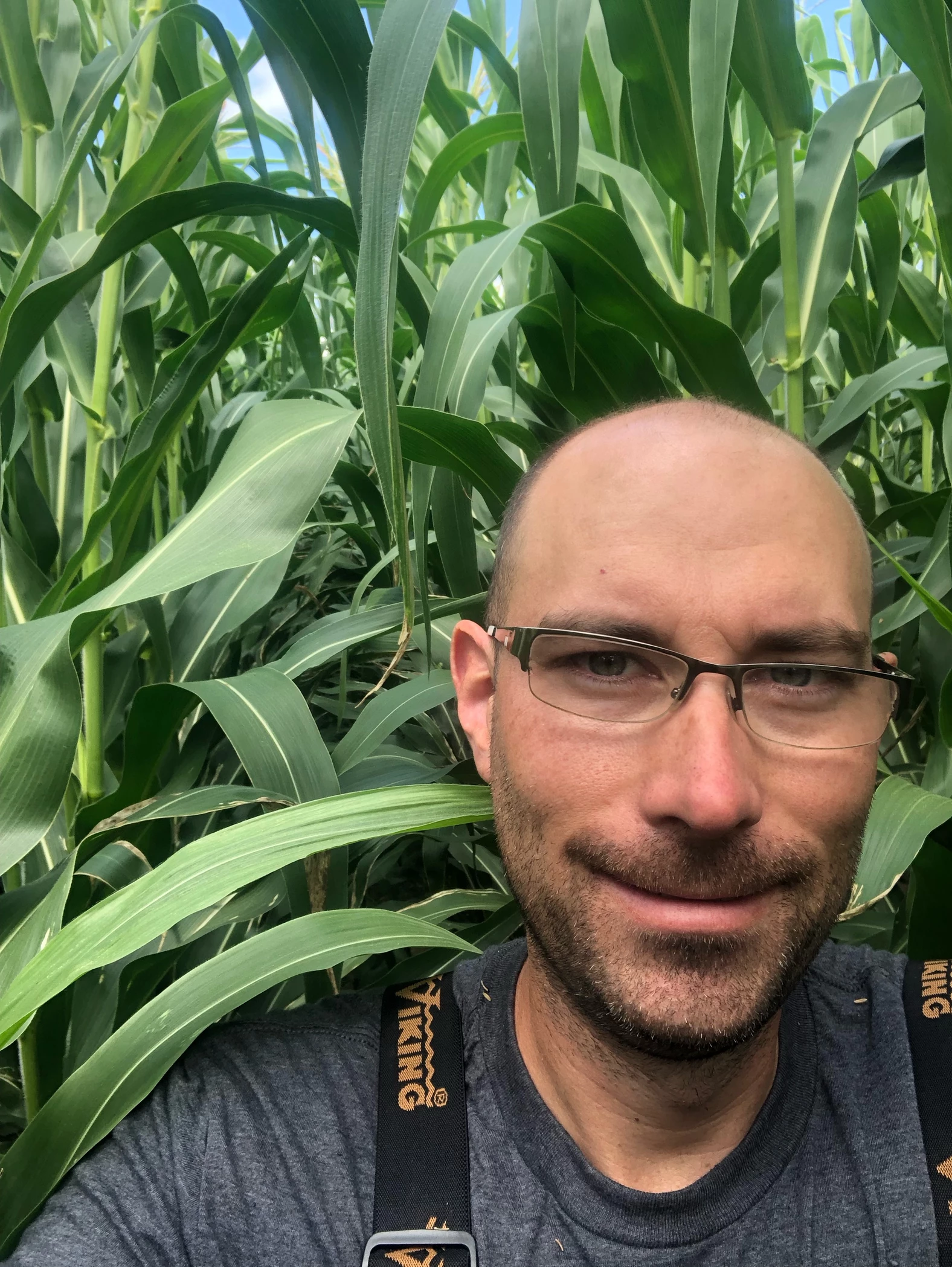Consultant Feature: Jonathan Zettler - Fieldwalker Agronomy

Jonathan Zettler is an agronomist, SWAT MAPS consultant, and the founder of Fieldwalker Agronomy, based in midwestern Ontario. When asked about the SWAT MAPS process and its capabilities, Zettler states, “The best way of describing SWAT MAPS would be: it’s a systematic process for building seed or fertility response zones. It’s repeatable. You do the mapping portion once, and after a bit of ground truthing, you have a consistent set of management zones to work with. Everything else comes after that, as the hard work starts by going out to count plants, or to do a visual check on how to manage the zones differently going forward. The map is the starting point.” Zettler says often other systems/processes on the market build the map or the response zones, and then you don’t interact with the company again. You are kind of left on your own to figure it out, unless you’re working with an agronomist or have someone on staff who can interpret the map and its significance. “Precision ag isn’t just a once and done. It’s a constantly evolving process. That’s part of what attracted me to SWAT MAPS; you need to have a feedback loop to make incremental improvements.”
Zettler shared that he ran a few trials prior to becoming a SWAT MAPS consultant to evaluate the efficacy of the maps for his area and in a more temperate climate. “The one grower’s comment was that his yield maps were much more consistent than what they had been before. In a few of those fields we had only adjusted the seeding rate, so there is much more that we could do going forward.”
A key capability of SWAT MAPS for Zettler’s customers is being able to vary seed rates. “Depending on the field, this helps with plant establishment, and we try to push seeding rates where my clients might see the benefit. In winter wheat for example, knolls and depressions tend to have lower plant populations; those are areas that we could do a better job of trying to manage for a more consistent stand or get a response from adjusting the seed rate.” Zettler goes on to say that the application of nitrogen and sulfur are candidates for VR, as you must apply them every year. “If we’re growing corn and wheat, typically there is a highly beneficial response in those crops to putting on N and S in the right place at the right rate. As for phosphorus and potassium, there is still a benefit but I’m in a livestock concentrated area, and as a result, it depends on how much manure has been applied to the field.”
As an agronomist and variable rate consultant, Zettler says the first question he asks himself whenever he is working on a map is determining, ‘will this identify a response region or not?’ “When we look at precision ag, what we’re trying to do is identify opportunities where we’re going to get a response. We seem to get lost in all the options we have at our fingertips. In some situations, it may not make sense, even if you can identify the opportunity, because it’s cost prohibitive.”
Going on to discuss financial and logistical decision-making, Zettler states, “Rule number one – don’t spend more money than you’re going to get back. We can lose sight of that at times.” Zettler uses in-season imagery as an example: “If you invest in building an on-off script for spraying flowering canola, some years it might not make sense to do that. You pay to map the whole field, but what you really want is the areas that don’t require a fungicide application. If those areas are a very small percentage (less than 5 to 10%) of the whole field, you may have been better off with a flat rate application, assuming it costs $1 to $2/acre to make the prescription.”
As the first agronomist and consultant in Ontario to work with SWAT MAPS, Zettler is optimistic on the value proposition, in both broadacre and row crops, for Ontario growers. If you are interested in working with Jonathan or offering SWAT MAPS in Ontario to your consulting clients, you can contact Fieldwalker Agronomy here.
Coral Blaikie, BAH
Marketing Manager - Croptimistic Technology Inc.
coral@croprecords.com









